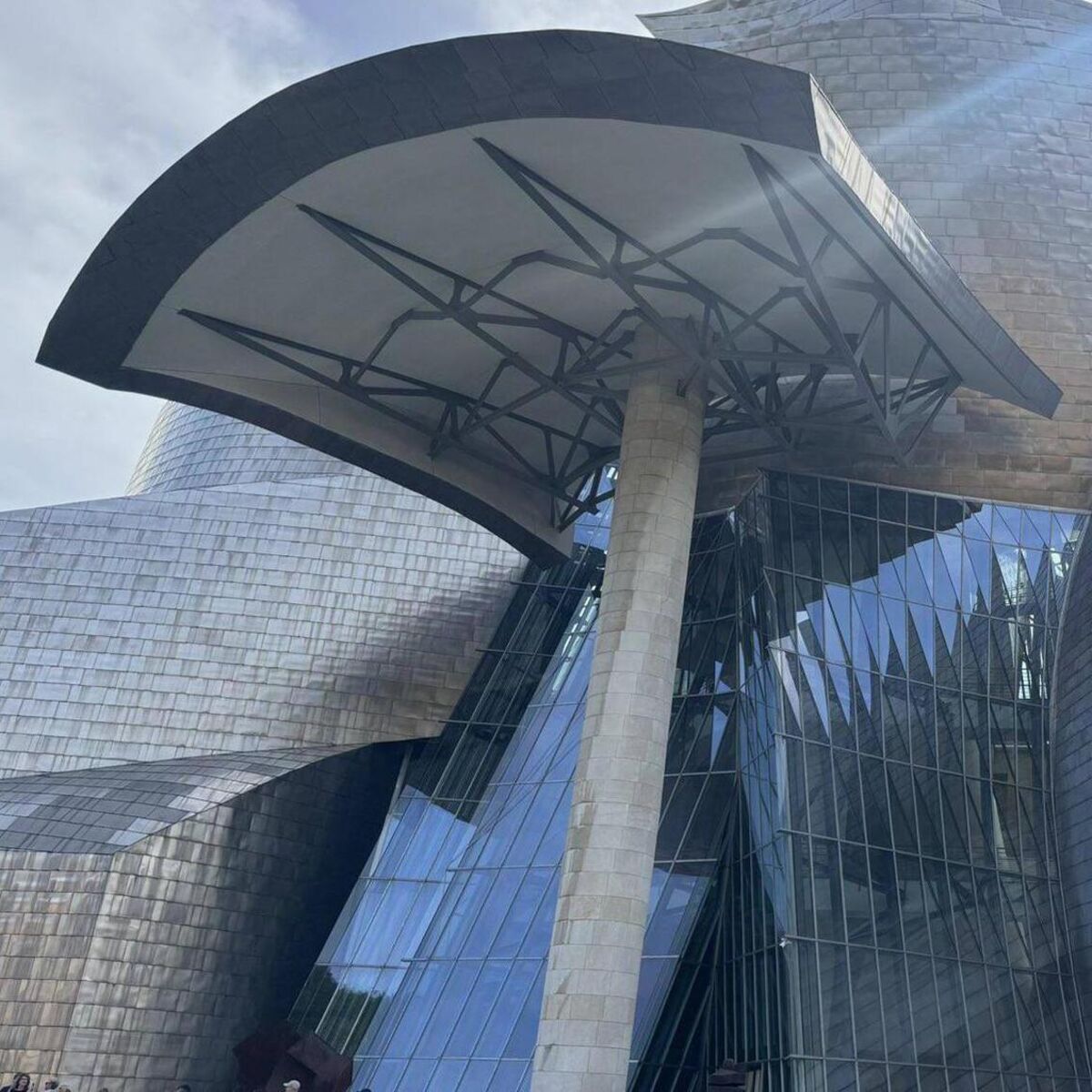By Irishexaminer.com,Layth Yousif
Copyright irishexaminer

Arsenal are in town to play the Basques of Bilbao, or Athletic Club to bestow on them their correct moniker, as the Champions League circus kicks off in this beguiling town, notable as much for its sense of pride in its identify, community and culture, as its passion for football.
If Barcelona’s strapline is ‘Mes que un club’ (more than a club) then Athletic Club’s is much more than a football team. It is a symbol of the city’s values that reflects an indomitable spirit from those who came before – an unquenchable working-class resolve full of tenacity, hard work and pride, stemming from a myriad of long-lost souls who worked in its mines, shipyards, and factories that fuelled the industrial development of Bilbao, and this corner of the Basque Country, or Euskal Herria, as it is known.
What is also notable is the fact that since 1911, Athletic Club has only fielded footballers born, ‘or formed’, in the Basque Country – seven historic provinces straddling modern-day Spain and France, totalling a mere 3.2m citizens. Imagine Arsenal opting only to select North Londoners, or Liverpool picking Merseysiders.
This unique sporting model allows fans to truly see themselves represented on the field of play.
However, since that exclusive decree, the club stands with the might of Real Madrid and Barca in never having been relegated from the top-flight, winning eight La Liga titles in the process, also sealing 25 Copa Del Reys. The women’s side has already lifted five Superliga titles, the earliest dating back to 2002-03. For comparison, Manchester United Women hadn’t even been formed by then.
On monday night, we chatted with the club’s engaging and progressive director of football, Mikel Gonzalez: “The dream is to achieve great things at Athletic.” San Mames, the club’s 53,331 capacity city centre stadium, or La Catedral (‘The Cathedral’) as true believers have christened the place, is the latest iteration of a home on the site that stretches back to 1913 – with the red-seated bowl also set to host matches at the 2030 World Cup, to go with the three matches it staged during Espana 82, including England’s 3-1 win vs France (remember Bryan Robson’s opener on 27 seconds?).
The revamped stadium has hosted everyone from Bruce Springsteen to the 2025 Europa League final between Spurs and Manchester United.
The original San Mames was built next to a chapel in honour of Saint Mammes of Caesarea, with players known as Lions, not just because of their fierce spirit, but also, according to local folklore, Saint Mammes was able to tame lions.
San Mames looks out onto the Pozas, a bar-lined street running to the ground from the heart of the city, a popular route matchday route for its passionate fans, a fervent body of support out in force at every game. It would have been rude not to.
The club also has a social conscience, with its charitable foundation Athletic Club Fundazioa contributing to more than 40 projects aimed at building a better society, through a focus on culture, the environment, and Basque language-learning. It even stages a ‘Thinking Football Film Festival’, as well as the “Letters and Football Literature Festive’, while offering the ‘Athletic Book Club’, which certainly puts the mammon-obsessed Premier League to shame with its craven disregard of anything to do with social justice, education and promotion of a culture-based identity.
It’s not surprising that while Bilbao is a city with a rich industrial and maritime past, it lives very much in the present with an eye on the future.
Many know of the city’s most striking building, the titanium clad Museo Guggenheim, Frank Gehry’s 1997 architectural masterpiece that sees shining colours alter with the changing light. Built on the previously decaying riverside wasteland amid dilapidated warehouses, its gleaming giant tiling evokes fish scales, while its rolling canopies are a nod to the water flowing alongside the iconic structure in the form of the River Nervion, which trails all the way to the Cantabrian Sea.
Verily, Bilbao’s cutting-edge architecture has helped transform a previously moribund city into a destination visit.
Whether it be the smattering of futuristic glass and steel entrances to its Metro, nicknamed Fosteritos in honour of the architect Sir Norman Foster who designed these functional gems that emerge from below – or the preponderance of eguzkilore, the distinctive yellow Basque flower which appears on many doors in this captivating town, a thistle from the mountains as a symbol of protection to ward off evil spirits – the city’s beguiling nature runs deep.
Perhaps it was one of our own who described it best. Liam Brady, on a trip to Athletic’s 2023 film festival, heaped high praise on the club and the city, saying: “For lots of reasons, no other club in the world could do what Athletic does.
“This is a special place. I believe in this club.”



